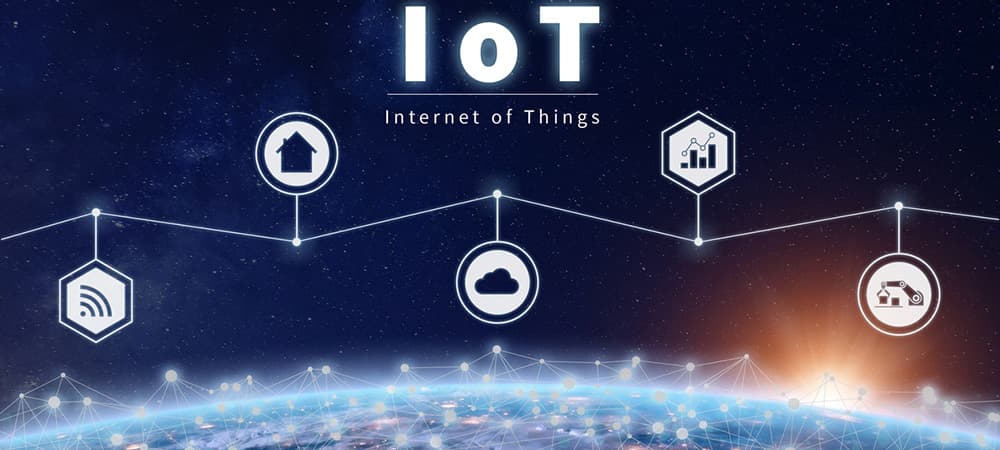If you’re an engineer interested in a more hands-on role in software development and testing, then becoming an SDET USA is a great option. If you’ve heard the term “Software Development Engineer in Test” (SDET) but don’t know much about it beyond its acronym, then this guide is for you.
Software Developer Engineers in Test are a relatively new specialty. This field combines computing and engineering skills to help create quality software. As an SDET, you will spearhead the software testing process by writing automated test scripts. It helps other developers write those scripts as needed. Also, you will need to troubleshoot any issues that arise along the way.
Becoming an SDET requires certain skills and experiences to be successful. Don’t worry! In this guide, we’ll break down everything you need to know what skills are important, and how to become an SDET. Let’s get started!
Table of content
- Qualifications and Skills Required to Become an SDET
- Job Roles and Responsibilities of an SDET
- Technical Tools and Languages Used by SDETs
- Different Types of Testing Performed by SDETs
-
Qualifications And Skills Required To Become An SDET
It takes more than just an enthusiasm for coding to become an SDET USA. In most cases, employers are looking for candidates who at least have a bachelor’s degree in computer science or related fields of study. But it takes more than a degree to make it in the field. Certain qualifications and skills make you stand out from the competition.
The primary skill needed to become an SDET engineer is coding. Most companies require candidates to have strong knowledge and extensive experience. Java and Python both are important programming languages. Additionally, you should have a deep understanding of software development and testing processes. These methodologies include Agile and DevOps practices.
You’ll also need strong debugging skills in order to identify problems early on in the software development cycle. Finally, staying up-to-date with the latest technology trends will give you a competitive edge when applying for jobs or promotions within the field.
-
Job Roles And Responsibilities Of An SDET
When it comes to being an SDET, the job roles and responsibilities are varied. After taking an SDET course, you will be responsible for ensuring all of the software products are tested thoroughly and meet quality standards. You’ll also be responsible for creating, maintaining, and executing automated test scripts. Here are some job roles and responsibilities of an SDET:
- Analyzing system requirements and preparing test plans
- Developing automated scripts in languages such as Java
- Using QA tools such as Selenium WebDriver or SoapUI. These are to perform functional, integration, and regression testing
- Designing automated test strategies for various products
- Creating end-to-end automation testing coverage
- Defining documentation for testing cycles
- Identifying any performance improvements to existing systems
- Documenting bugs found during testing cycles and working with software developers to fix them
-
Technical Tools And Languages Used By SDETs
One of the most important skills you’ll need when becoming an SDET is a knowledge of the fundamental technical tools and languages used in software development, such as:
- Source Code Repository: A source code repository stores all the code and data that are created during the development process. This includes version control, which allows you to track and compare changes made by multiple developers.
- Automated Testing Tools: Automated testing tools are used to automate tasks. This includes coding, creating tests for new features, debugging, and deployment. These tools can save developers time by automating complex and repetitive processes quickly.
- Programming Languages: Software Developer Engineers in Test typically use language-level programming languages such as C++ or Java to create software applications. A knowledge of these popular programming languages is essential for SDETs. Python is also a popular language taught in most SDET courses.
These technical tools and languages enable you to develop efficient software development processes. This ensures quality assurance and performance excellence.
-
Different Types Of Testing Performed By SDETs
When it comes to software development, different types of testing are often required. As an SDET, you’ll be in charge of conducting these tests, which can include:
- Black Box Testing: This type of testing is focused on the functionality of the product, and focuses on user requirements. It doesn’t require any knowledge or involvement in the coding itself; instead, it involves testing each feature in order to gain an understanding of how it works.
- White Box Testing: White box testing involves using logic and code-level knowledge to understand where potential bugs may be hiding and then writing tests to ensure these bugs don’t cause any issues when released. This type of testing requires an understanding of coding languages and an ability to break down complex systems into their core components.
- Unit Testing: Unit testing focuses on the individual components that make up a system. This form of testing is helpful for discovering small errors that can be easily fixed before a product is released into a production environment.
Conclusion
Becoming an SDET engineer requires significant technical knowledge and skill. You need to understand software development processes and have strong coding skills. Also, possess knowledge in quality assurance and risk management. You also need excellent problem-solving abilities, analytical thinking, and creative problem-solving skills.
By understanding what’s required to become a Software Developer Engineer in Test, you can take the first step in launching your career. With the right knowledge and skills, you can become an integral part of the software industry.





